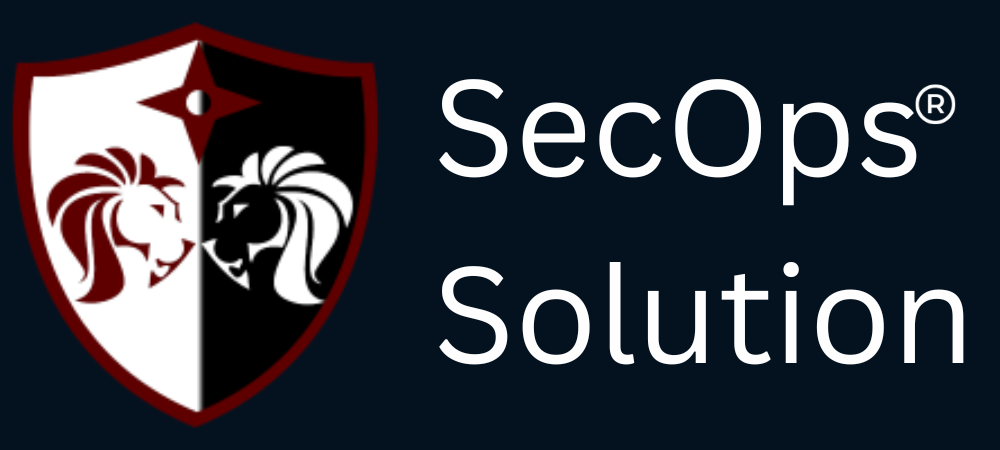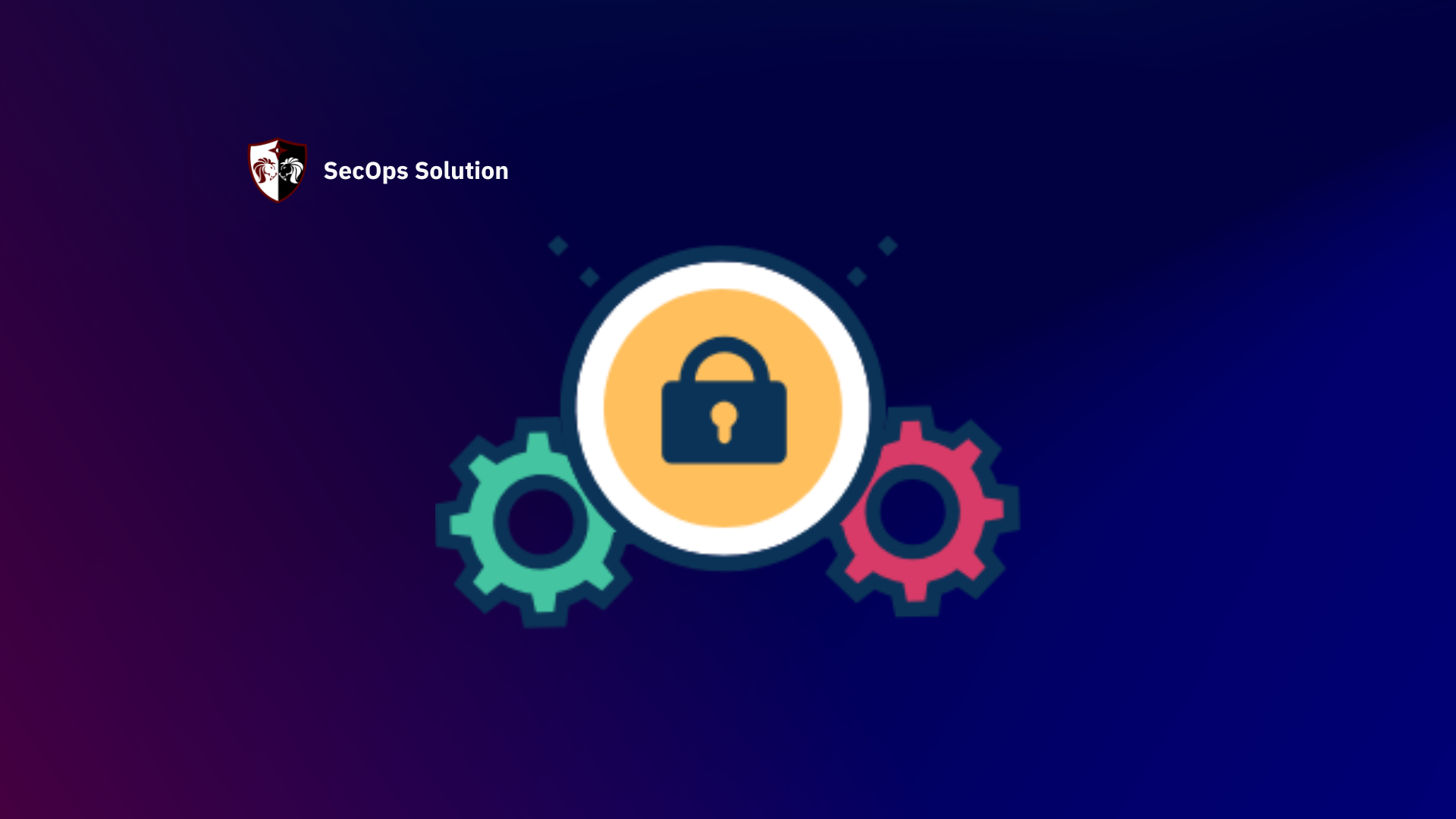
Agentless security for your infrastructure and applications - to build faster, more securely and in a fraction of the operational cost of other solutions

hello@secopsolution.com

In today’s digital-first world, cyber threats evolve faster than ever. Every week, vendors release new security patches to fix critical vulnerabilities, and IT teams are expected to deploy them immediately. But with hundreds of systems, applications, and endpoints to manage, keeping everything up to date becomes a never-ending struggle — leading to what’s now widely recognized as “patch fatigue.”
Patch fatigue isn’t just about being tired of updates — it’s about the mental and operational burnout that IT and security teams face from constantly patching systems under pressure, often with limited time and resources. The good news? Automation can turn this challenge into an opportunity — reducing manual work, minimizing downtime, and helping teams focus on what truly matters: securing the organization.
Patch fatigue occurs when IT teams become overwhelmed by the volume, frequency, and complexity of software patches that must be tested, approved, and deployed.
A single week can bring dozens of critical updates — operating systems, third-party software, firmware, and even networking equipment.
Common causes of patch fatigue include:
This constant cycle creates a reactive patching culture — where teams are always catching up instead of staying ahead.
Many organizations underestimate how dangerous patch fatigue can be.
When IT teams delay or skip patches out of exhaustion, cybercriminals get an open door. Studies show that a majority of successful cyberattacks exploit known, unpatched vulnerabilities.
Some potential consequences include:
It’s clear that manual patching isn’t sustainable — which is where automation steps in as a game-changer.
Patch automation eliminates the repetitive, manual steps involved in vulnerability detection, patch approval, and deployment — helping IT teams reclaim control and confidence. Here’s how it makes the difference:
Automated tools continuously scan your infrastructure to identify missing patches, misconfigurations, and outdated software — without requiring manual checks.
This ensures no device slips through the cracks.
Automation integrates with vulnerability intelligence feeds (like CVSS and CISA KEV lists) to prioritize patches based on risk, not just availability. This helps teams fix the most critical issues first.
Once patches are approved, automation can deploy them across systems without user intervention, at scheduled times, or during maintenance windows — minimizing downtime and human error.
Automated patch management tools provide detailed compliance and audit reports, saving hours of manual documentation.
From Windows and Linux servers to macOS endpoints and third-party applications, automation ensures consistent patching across all platforms.
The result?
Less manual labor. Fewer delays. Stronger security posture.
Most importantly — your IT team gets to breathe again.
This is where SecOps Solution stands out.
SecOps Solution’s automated patch management platform is designed to help organizations eliminate patch fatigue by delivering agentless, intelligent, and policy-driven patching — all from a unified dashboard.
By leveraging SecOps Solution, IT teams can stop chasing patches manually and start managing them strategically.
Instead of burning out, they gain time to focus on incident response, threat hunting, and proactive defense.
Organizations that embrace automated patch management report:
Automation doesn’t just save time — it saves teams.
Patch fatigue is real, and ignoring it can put your entire organization at risk. As the cybersecurity landscape becomes more dynamic, relying on manual patching is no longer practical.
By adopting automated, intelligent patch management solutions like SecOps Solution, IT teams can eliminate repetitive tasks, improve security posture, and stay ahead of emerging threats — without feeling overwhelmed.
In the end, automation isn’t about replacing people — it’s about empowering them to do their best work.
SecOps Solution is an agentless patch and vulnerability management platform that helps organizations quickly remediate security risks across operating systems and third-party applications, both on-prem and remote.
Contact us to learn more.